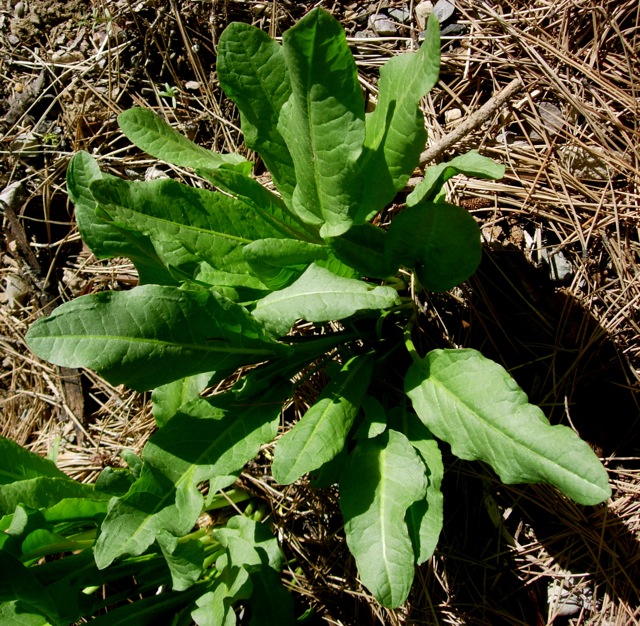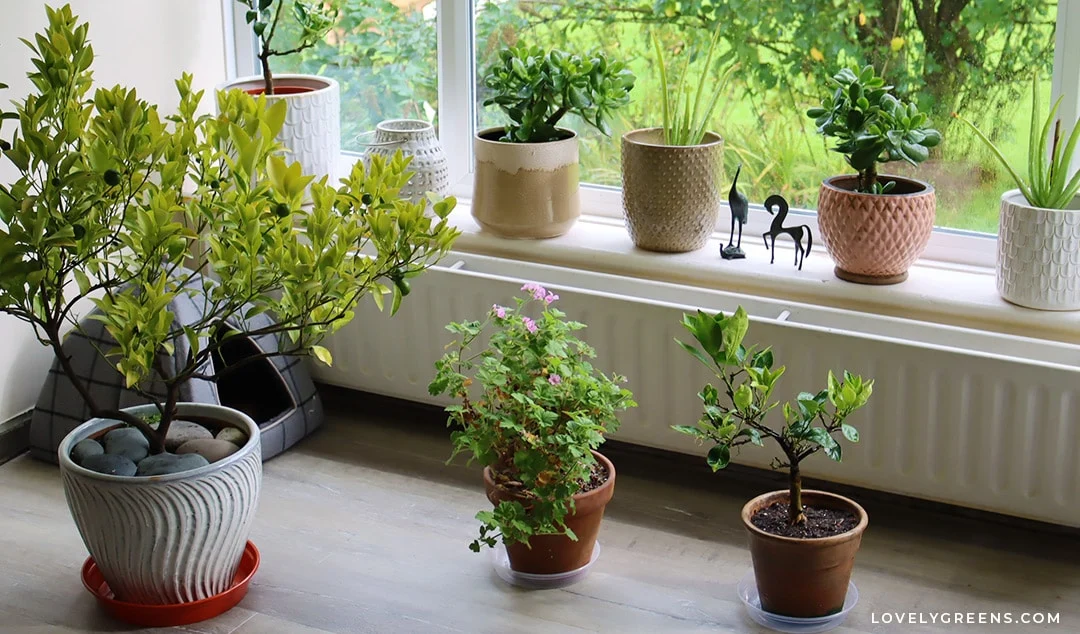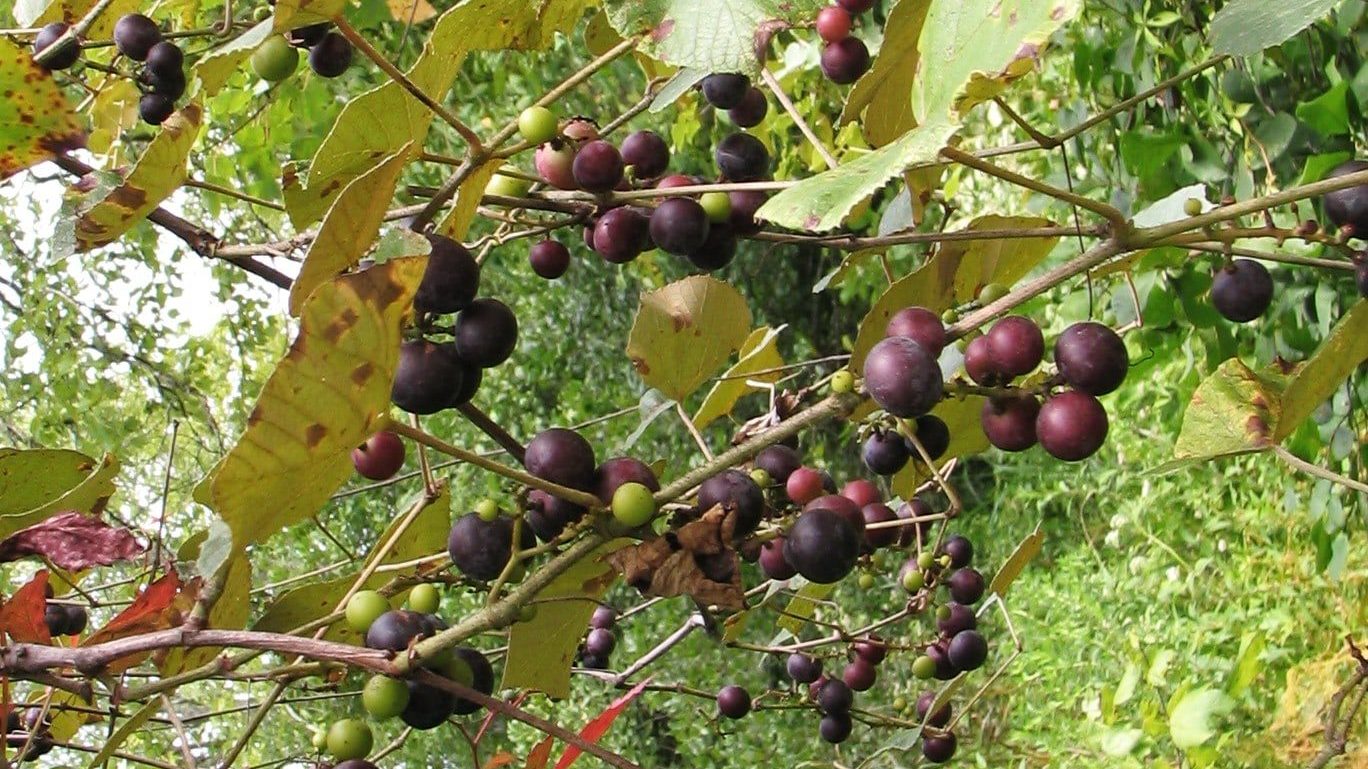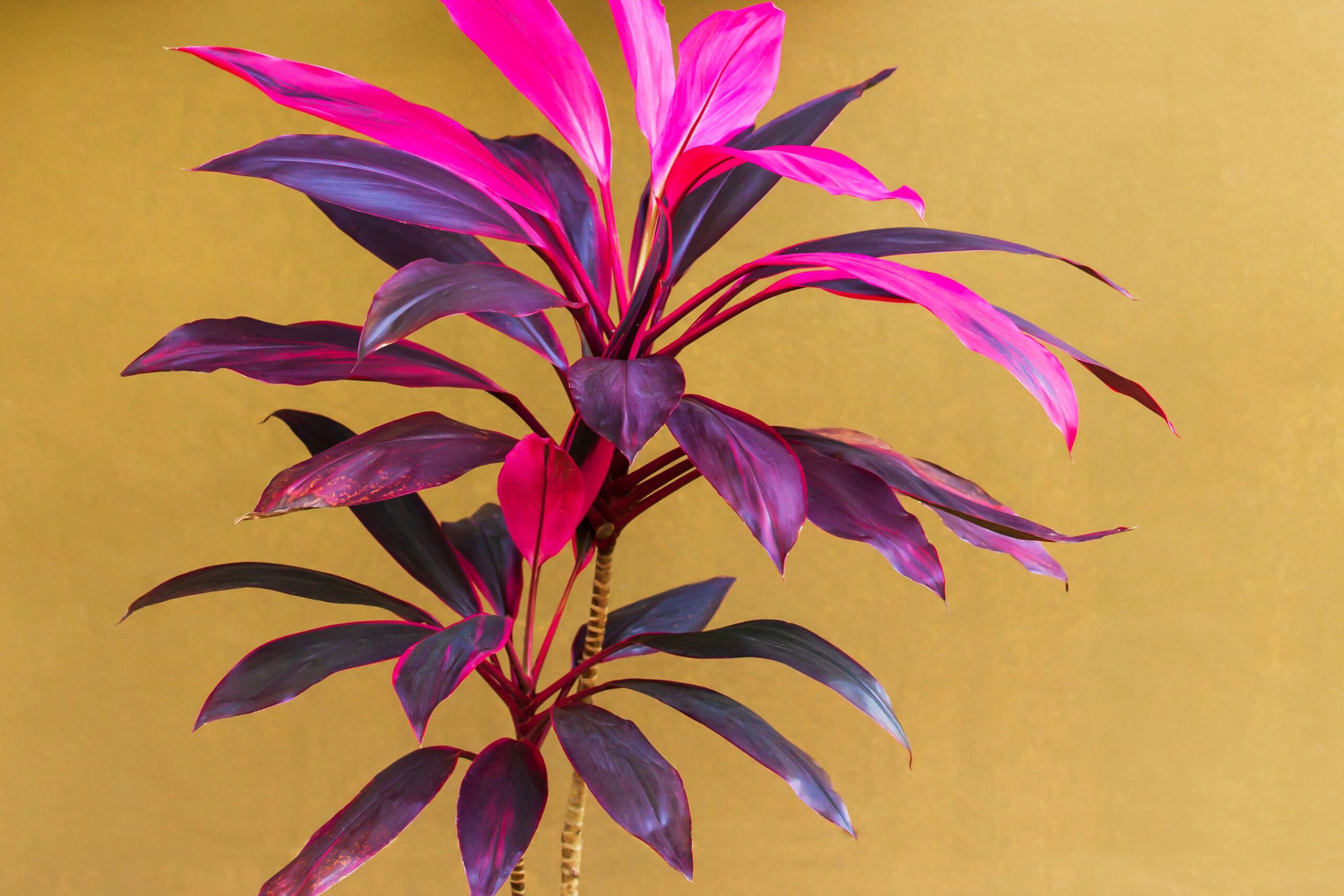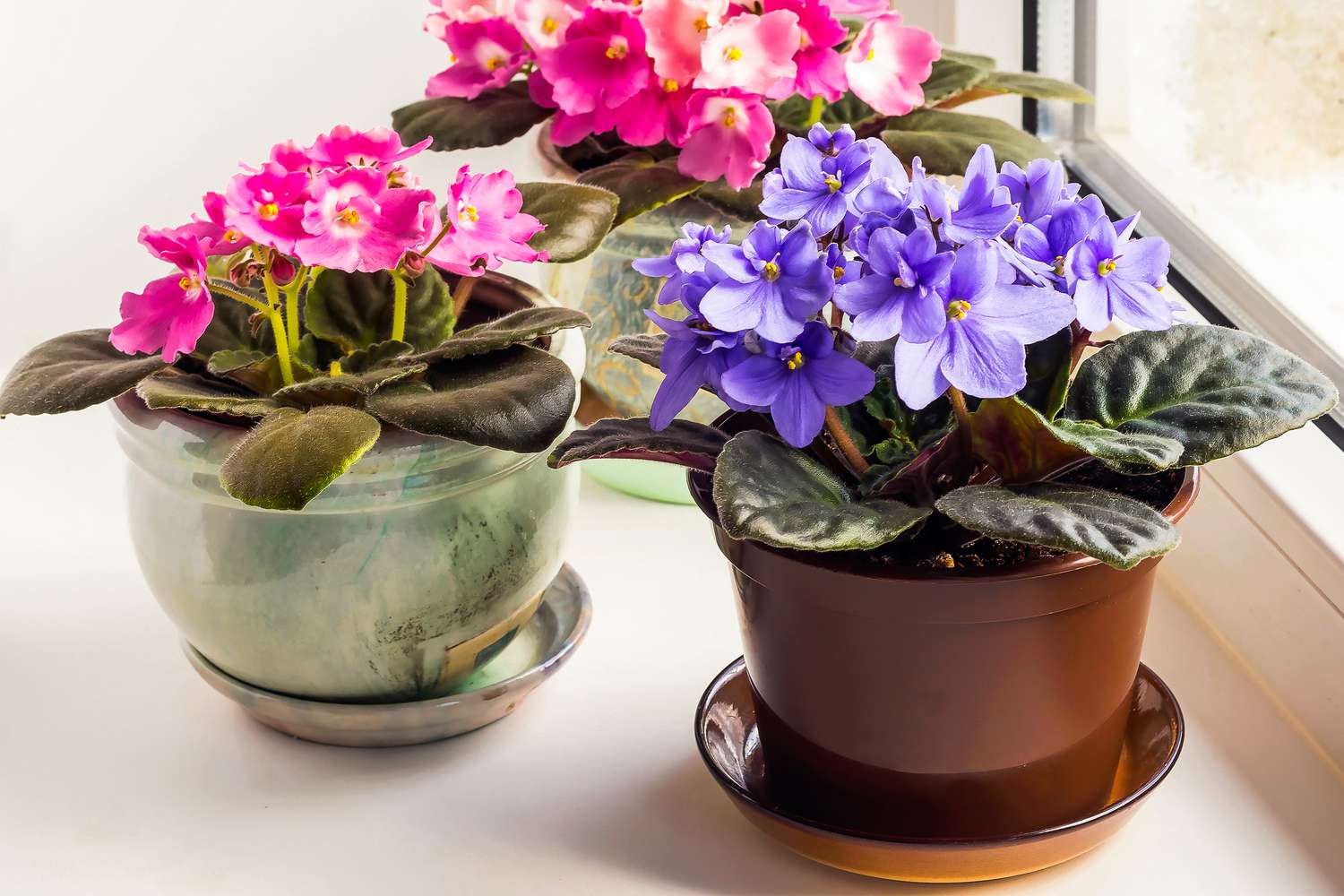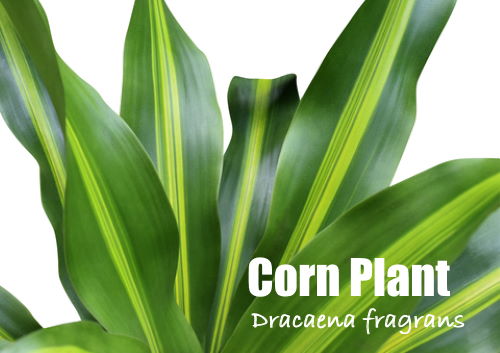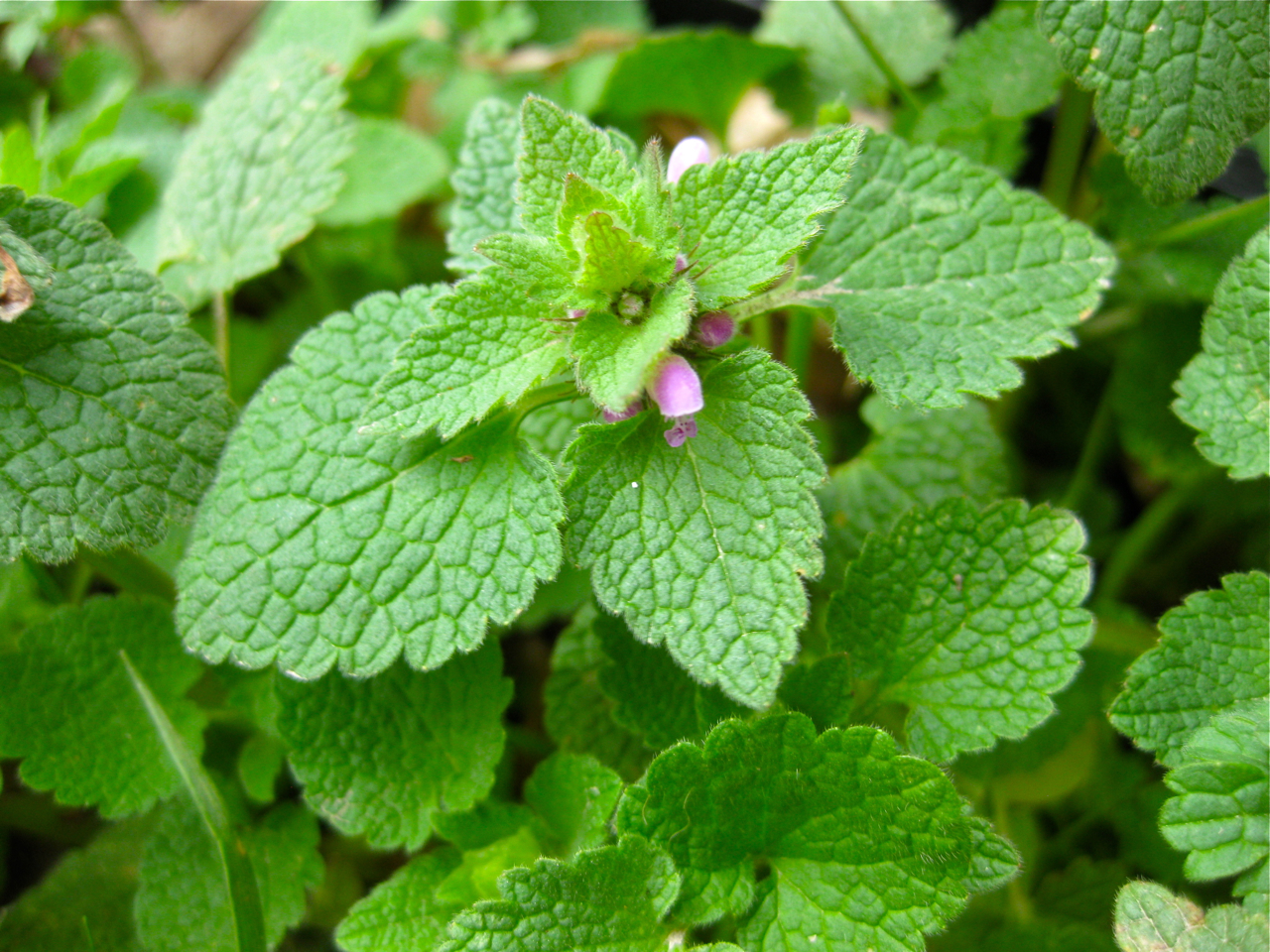To make a kitchen garden in pots, choose suitable pots and containers and select plants that can grow in confined spaces and require minimal care. Creating a kitchen garden in pots is a convenient and practical way to enjoy fresh herbs, vegetables, and fruits at home, even if you have limited outdoor space.
Whether you live in an apartment or have a small backyard, growing your own produce in pots is a viable option. By following a few simple steps, you can successfully set up a thriving kitchen garden in pots. We will guide you through the process of choosing suitable pots and containers, selecting the right plants, and providing proper care to ensure a bountiful harvest.
So let’s explore how to make a kitchen garden in pots and start growing your own fresh and delicious produce.
Selecting The Right Containers
Choosing the appropriate size for your containers is crucial for the success of your kitchen garden.
Choosing The Appropriate Size
- Match plant size with container: Ensure pots are large enough for root growth.
- Adequate space: Leave room for plant development and proper water drainage.
Considering Drainage Options
- Drainage holes: Select pots with drainage holes to prevent waterlogging.
- Saucers: Use saucers under pots to collect excess water and avoid root rot.
Ensuring proper drainage will keep your plants healthy and thriving!
:strip_icc()/completed-barrel-planter-with-various-flowers-e35bbe59-51297190484248c5b6a9766840aa5d9b.jpg)
Credit: www.bhg.com
Selecting The Right Plants
When making a kitchen garden in pots, it’s crucial to select the right plants that are suitable for container gardening. Look for herbs, vegetables, and small fruits that can thrive in a confined space. Consider the sunlight and space available to ensure the plants will flourish.
Growing your own kitchen garden in pots can be a rewarding experience. Not only does it provide you with fresh herbs and vegetables right at your fingertips, but it also brings a sense of accomplishment and self-sufficiency. To ensure a successful kitchen garden, it is essential to carefully select the right plants that are suitable for pot cultivation. In this article, we will guide you on choosing the ideal herbs or vegetables and considering the space requirements.
Choosing Herbs Or Vegetables
When it comes to selecting the plants for your kitchen garden, the first step is to decide whether you want to grow herbs or vegetables. Herbs are a popular choice as they are relatively easy to grow and require less space compared to vegetables. Some commonly grown herbs include basil, mint, rosemary, thyme, and parsley. These herbs are not only flavorful additions to your culinary creations but also attractive plants that can enhance the aesthetics of your garden.
If you have more space available, you can consider growing vegetables in your pots. Popular options for container vegetable gardening include tomatoes, peppers, lettuce, spinach, and carrots. These vegetables have relatively shallow root systems and are well-suited for pot cultivation. Opting for dwarf or compact varieties can further maximize your limited space and ensure a bountiful harvest.
Considering Space Requirements
One crucial factor to keep in mind when selecting plants for your kitchen garden is the space requirements of each plant. Some plants, such as tomatoes and peppers, require larger pots to accommodate their root systems and provide enough space for proper growth. On the other hand, herbs like basil and parsley can thrive in smaller containers.
It is essential to choose pots that are deep enough for the roots to grow comfortably and wide enough to allow the plants to spread. Ensure each plant has adequate space to receive optimal sunlight and ventilation, which is vital for their development. Additionally, consider the compatibility of different plants when planting them together in the same container to avoid overcrowding.
In conclusion, the right selection of plants is crucial for a successful kitchen garden in pots. Choose herbs or vegetables based on your preferences and available space. Pay attention to the space requirements of each plant and ensure they have adequate room to grow and thrive. By selecting the right plants, you can create a beautiful and fruitful kitchen garden right in your own home.
Preparing The Potting Mix
When it comes to starting a kitchen garden in pots, the potting mix plays a crucial role in the success of your plants. It’s essential to create a well-balanced and nutrient-rich medium for your plants to thrive. Here’s how to prepare the perfect potting mix for your container garden.
Balancing Soil Components
Balancing the soil components is vital to ensure your plants have the right environment to grow. Here’s a good rule of thumb for a balanced potting mix:
- 1 part garden soil
- 1 part peat moss
- 1 part perlite or vermiculite
This combination creates a well-draining mix while retaining the necessary moisture for plant growth.
Adding Organic Matter For Nutrients
Adding organic matter is essential to provide nutrients for your plants. You can incorporate the following organic materials to enrich the potting mix:
- Compost: Provides essential nutrients for plant growth.
- Well-rotted manure: Adds fertility to the soil.
- Leaf mold: Enhances soil structure and moisture retention.
Ensuring a good supply of organic matter will boost your plants’ growth and overall health.
Planting And Placement
Making a kitchen garden in pots is a wonderful way to bring fresh, homegrown produce right to your doorstep. In this post, we’ll dive into the specifics of planting and placement, ensuring that your plants receive the proper care and conditions to thrive within a limited space. Let’s explore the critical elements of planting seeds or seedlings, and ensuring proper sunlight and watering to help you get started with your own potted kitchen garden.
Planting Seeds Or Seedlings
When planting in pots, it’s essential to choose the right seeds or seedlings for your kitchen garden. Opt for organic seeds whenever possible to ensure that you’re getting the freshest, healthiest start for your plants. Keep in mind the type of vegetables or herbs you want to grow and select the appropriate varieties for container gardening. Use high-quality, well-draining soil to provide optimal conditions for the germination and growth of your chosen plants.
Ensuring Proper Sunlight And Watering
-
Sunlight: Place your pots in an area that receives full sunlight for at least six hours a day. Different vegetables and herbs have varying sunlight requirements, so make sure to research the specific needs of each plant.
-
Watering: Proper watering is crucial for the success of your kitchen garden. Check the soil moisture daily to ensure that it remains consistently moist but not waterlogged. Use a watering can with a narrow spout to deliver water directly to the soil, avoiding wetting the foliage, which can lead to disease.
Maintenance And Care
Maintenance and Care are crucial aspects of having a successful kitchen garden in pots. With proper attention and a little effort, you can ensure that your plants thrive and provide you with a bountiful harvest. In this section, we will discuss two important maintenance tasks: regular watering and fertilizing, and managing pests organically.
Regular Watering And Fertilizing
Watering your plants regularly is essential to keep them healthy. Potted plants tend to dry out faster than those in the ground, so it’s crucial to monitor their moisture levels. Check the soil by inserting your finger into it – if it feels dry up to the first knuckle, it’s time to water.
When watering, make sure to provide enough water until it drains out of the drainage holes at the bottom of the pot. This helps flush out any excess salts that can accumulate in the soil. It’s important to remember that overwatering can be just as detrimental as underwatering.
To further support the growth of your kitchen garden plants, fertilizing is necessary. Choose a slow-release organic fertilizer and follow the instructions on the packaging for the correct dosage. Applying fertilizer once every four to six weeks can provide the necessary nutrients for your plants to flourish.
Managing Pests Organically
Pests can pose a threat to your kitchen garden, but you can effectively manage them without resorting to harmful chemicals. Organic pest control methods are not only safer for your plants but also for the environment.
One effective way to deter pests is by companion planting. Some plants naturally repel insects, such as marigolds, basil, and lavender. Interspersing these pest-repelling plants among your vegetables can help keep unwanted visitors away.
You can also try making your own organic pest repellents. For example, a simple mixture of soap and water can be sprayed on plants to deter pests like aphids and mealybugs. Neem oil is another organic option that can help control a variety of garden pests.
Regularly inspect your plants for signs of pests or damage, and address any issues promptly. By using organic pest control methods, you can protect your kitchen garden and enjoy the fruits of your labor.
Harvesting And Pruning
Harvesting and pruning are crucial aspects of maintaining a successful kitchen garden in pots. Properly timing your harvest and keeping your plants pruned can ensure robust growth and bountiful yields.
Knowing When To Harvest
- Inspect your plants daily for ripeness.
- Look for color changes in fruits and vegetables.
- Avoid harvesting too early or too late.
Pruning For Healthy Growth
- Regularly trim dead or damaged leaves and stems.
- Promotes air circulation and sunlight exposure.
- Prevents overcrowding and disease spread.
Benefits Of Growing A Kitchen Garden In Pots
Cultivating a kitchen garden in pots offers numerous advantages that make it an appealing option. From accessibility to pesticide-free, fresh produce, there are many benefits to embarking on this rewarding journey.
Accessibility And Convenience
Growing a kitchen garden in pots provides easy access to delicious herbs, fruits, and vegetables right at your fingertips.
Pesticide-free And Fresh Produce
By growing your own kitchen garden in pots, you can ensure pesticide-free, fresh produce that is both healthy and flavorful.
:max_bytes(150000):strip_icc()/Organic-Vegetable-Gardening-3-FT-BLOG0219-502e721af78e4548b344b9bed57aa630.jpg)
Credit: www.foodandwine.com
Frequently Asked Questions On How To Make Kitchen Garden In Pots
What Are The Best Vegetables To Grow In Pots?
Select compact plants like cherry tomatoes, peppers, and herbs for successful container gardening.
How Often Should I Water My Kitchen Garden Pots?
Water the pots regularly, aiming for moist but not soggy soil to keep your plants healthy.
What Type Of Pots Are Ideal For A Kitchen Garden?
Choose pots with drainage holes and large enough to accommodate the root system of your chosen plants.
Can I Grow A Variety Of Vegetables In A Single Pot?
While some veggie combinations work, it’s generally best to give each plant its own pot for optimal growth.
Conclusion
Creating a kitchen garden in pots is a convenient and accessible way to grow your own fresh produce. Whether you have limited outdoor space or simply want to have a mini-garden inside your home, pot gardening offers a practical solution.
By following the steps outlined in this blog post, you can begin cultivating your own herbs, fruits, and vegetables in no time. Start enjoying the taste and satisfaction of homegrown food right from your own kitchen!


